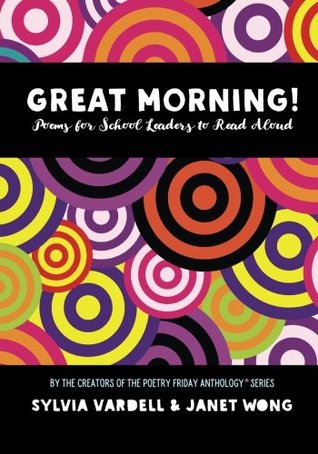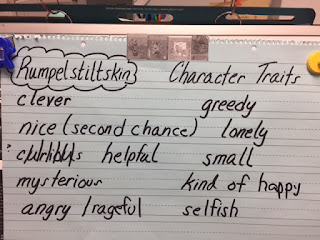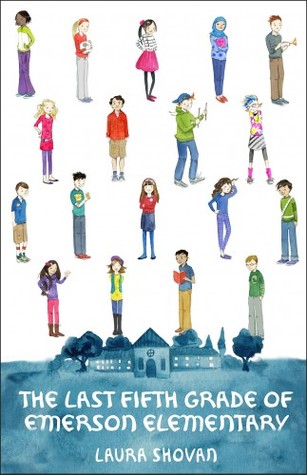Even though 2020 has not been a great year, it has been a good year for middle grade books. I am always on the lookout for books that would make great read aloud or great books for book clubs. I think it's important that books we share with our students have lots to talk about and several entry points for middle grade students. This summer I read several that I'd put on my possible read aloud list. And of course, they would all be great additions to the classroom library. I think all of these are good for 5th grade. Some are good for 3/4 while others can work in 6th.
What Lane? by Torrey Maldonado is a new favorite. This is a short book with so much pack in. Stephen is is in middle school. He is biracial and is beginning to experience how he is sometimes treated differently because of the color of his skin. The book is well done for middle graders. It has great characters, real issues and invitations to think and talk about the ways racism show up.
When You Trap a Tiger by Tae Keller is a book that will appeal to a variety of readers. Lily and her family move in with her grandmother who is ill. Her grandmother shares a story with her and Lily meets a magical tiger. Themes of family and grief are embedded in a story of magic based in Korean folklore.
Dress Coded by Carrie Firestone is perfect for readers starting middle school. Molly and her middle school friend are tired of getting in trouble for dress code violations that seem sexist and unfair. So, Molly starts a podcast to tell the stories of what is happening with their school dress code. The book does a good job of making visible some of the issues with a focus on the way girls dress and is well done for 5th/6th/7th grade readers.
Clean Getaway by Nic Stone is another short book (I love a short book for read aloud that gives readers lots to think and talk about.) In this book, Scoob takes an impromptu road trip with his grandmother. This trip becomes quite an adventure with a few history lessons along the way. Scoob also learns a lot about his grandmother.
I am a big Phil Bildner fan and love all of his books for middle grade students. A High Five for Glenn Burke by Phil Bildner is another book with so much to talk about and one that will appeal to a variety of readers. Learning about the story of Glenn Burke, a gay baseball player in the 70s, and then sharing the story with classmates helps 6th grader Silas, share the truth about himself.
The List of Things that Will Not Change is another brilliant book by Rebecca Stead. Again, another short book with so much to think and talk about. Bea's parents are divorced but she feels confident about the list of things that will not change--promises her parents made when they divorced. But even with that list, changes are in Bea's future as her father is marrying his boyfriend who has a daughter. Stead's writing is incredible and all of the characters are characters that will stay with readers for a long time.
Stand Up, Yumi Chung by Jessica Kim is a fun read. Yumi Chung wants to be a comedian but her parents want her to focus on school. She finds a way to practice comedy and make new friend but her parents will not approve. In the meantime, her parents' Korean barbecue restaurant is struggling and Yumi's sister is being distant. There are great themes and great characters in this one.
From the Desk of Zoe Washington by Janae Marks is a book with another character who will stay with readers. Zoe 's father is in prison. She has never met him but starts communicating with him in letters. He assures her that he is innocent of the crime that put him in jail so Zoe wants to find out the truth.

























































